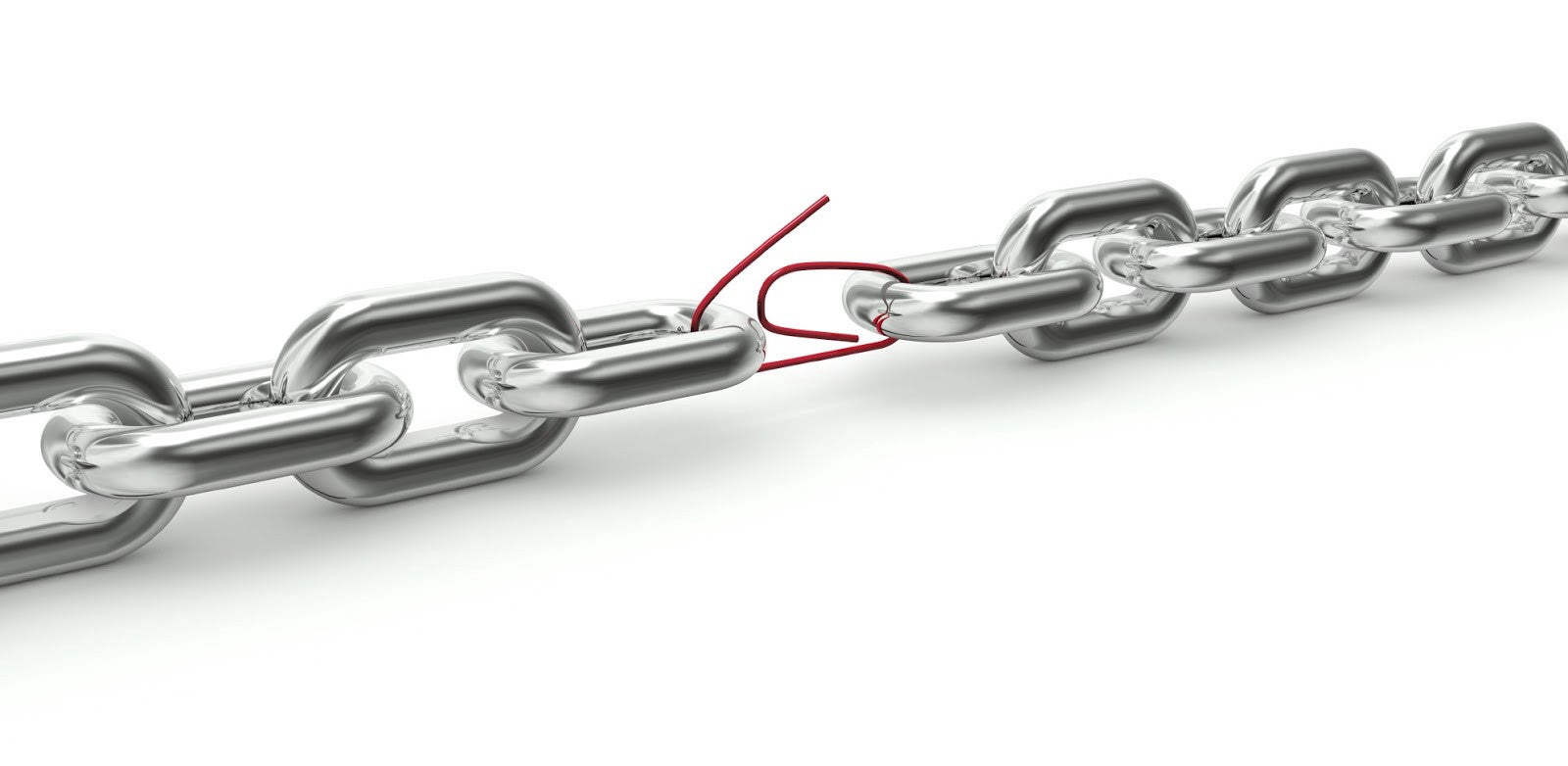
Eliminating the Weak Links in an Industry 4.0 Chain
Just as a chain is only as strong as its weakest link, there is a good case to be made that a smart factory is only as smart as its least intelligent device. Jamie Clowes, product manager at PVL discusses the importance even the simplest of field devices in the digital transformation of a company’s operations.
There can be few industrial businesses today that have not begun the digital transformation of their processes as they embrace the goals of Industry 4.0. By working towards the paradigm of the ‘smart factory’, companies can unlock production efficiencies, optimise asset usage and reduce operating costs.
The key to realising all of these objectives is data. There must be a seamless flow of data across all levels of the enterprise, from field level, through the controllers on the plant floor and up to the higher-level enterprise. The increased use of ‘Edge computing’ technologies enables data from the plant floor to be aggregated and filtered as it is generated. These Edge computers can then pass relevant information on up to the IT level systems for advanced analytics, while applying real-time algorithms to the data most immediately relevant to the production operations to enable timely process decisions to be made.
The controllers and sensors that form the operational technology (OT) layer of the enterprise are, then, the key focus for the digital transformation of a business. The efforts to drive that transformation tend to begin with the controllers and spread outwards (through sensors and field devices) and upwards (to the IT systems).
The critical data being fed into those controllers comes from an increasingly sophisticated network of smart sensors and actuators, all communicating not only process data, but also information about their own status, complete with advanced diagnostics information. It is this network of ever smarter field devices that forms the so-called Industrial Internet of Things (IIoT), and it forms the essential backbone for Industry 4.0.
We might consider that the more sophisticated the process being monitored, the greater the need for smart sensors. But does that mean that we should ignore simpler processes, typically being monitored by less technologically sophisticated field devices, thinking that these are somehow less important in the grander scheme of IIoT?
When we consider some of the primary goals of the digital transformation of the plant – to boost productivity, increase product quality, optimise asset availability and maximise plant utilisation – then it becomes clear that all field devices have an equally important role to play. For example, if, say, a humble level sensor integrated into our smart field network can give us the advance warning we need to prevent an hour’s unplanned downtime from a failure in one area of the plant, then surely that contribution is no less valuable than a more sophisticated device preventing an hour’s unplanned downtime because of a failure somewhere else in the plant. The cost of that downtime is the same.
The level sensor is an interesting case, being a typical example of the contribution that even a relatively simple device can make as we work towards the goals of Industry 4.0. Before the era of the smart factory, we might have looked no further than a couple of digital outputs (high and low level switch points/alarms) and perhaps an analogue output, and considered that would be all the information we were likely to need. And it is true that, from the perspective of applications such as overfill monitoring or pump protection, certainly the level sensor is getting the job done.
But suppose we could have wider availability of that data, with remote monitoring so that the process was more transparent: what trends in the process might be spotted that could be indicative of developing problems or highlight opportunities for process optimisation? Suppose, too, that the device could transmit diagnostic information about its own operations, giving advance warning of failure so that a replacement could be performed during planned downtime rather than after sudden catastrophic failure – a failure that might also have implications for other processes.
If we can have remote monitoring, then why not remote configuration? Configure a device once and store all of those parameters, then should a replacement level sensor need to be fitted, programming is simply a matter copying the settings straight into the new device, saving considerable time and effort.
All of this is not only possible today, but is available on even the simplest devices at very little additional cost. Euroswitch, for example, for whom PVL is the sole UK distributor, has recently introduced new versions of its level sensors that include IO-Link communications capability. This serial communication standard allows the bidirectional exchange of data between the device and an IO-Link master, from where that data is immediately available to controllers – PLCs, HMIs SCADA or higher level systems as part of an integrated OT/IT platform – for analysis.
Conceived from an Industry 4.0 perspective, the Euroswitch ESL level sensor provides a 4-20mA analogue output and two programmable digital thresholds, combining this with IO-Link communications. This additional networking capability brings benefits of increased data availability, advanced diagnostics, remote configuration and monitoring and simple device replacement, plus the advantage of standardised cabling with minimal connection complexity.
The ESL level sensor is one of many products that Euroswitch has developed to help companies progress with their digital transformation, enabling them to reduce total operating costs, increase the efficiency of processes and maximise the availability of machines. Demonstrating the capability of even the simplest of devices in an Industry 4.0 context, it highlights that a smart factory is only as smart as its least intelligent device.
PVL Ltd | sales@pvl.co.uk | 01892 664499

